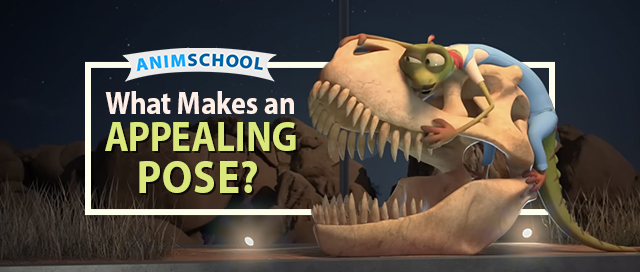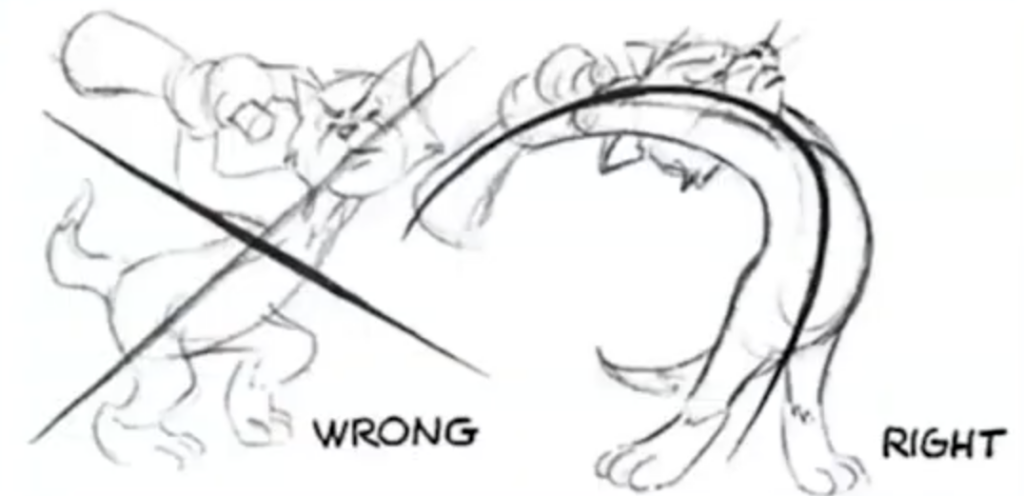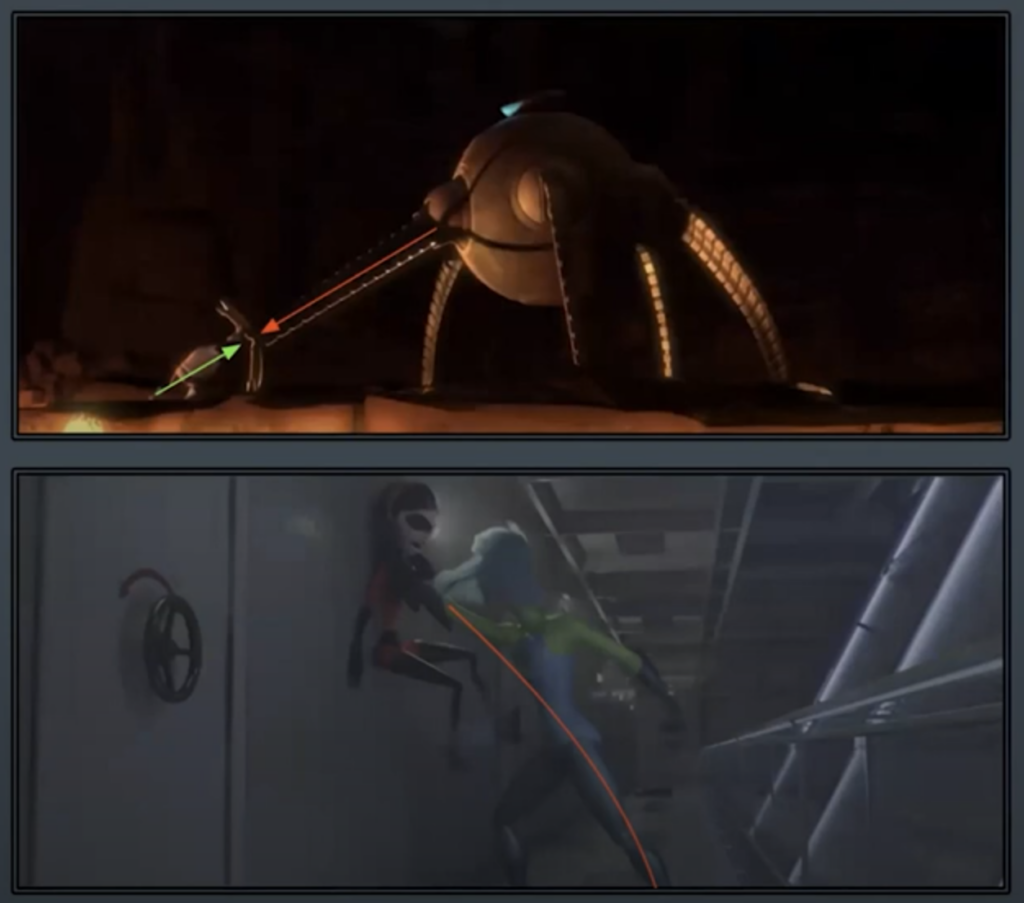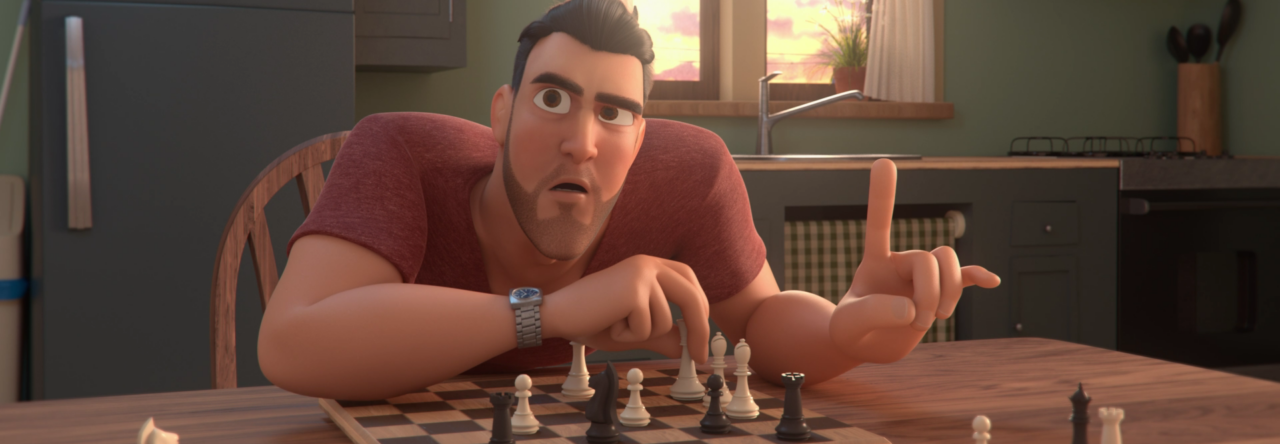
When your shot begins, you have an extremely limited amount of time to introduce your character to the viewer. The first time your viewer sees a character in front of them, they will immediately start to pick up small nuanced details that not only describe your character, but also how they fit into the story. Are they nervous, excited, scared, or calm? It only takes one clear and defined pose to place a character in your story. In this lecture, AnimSchool instructor Brendan Kirschbaum demonstrates how clear posing through Line of Action can be used to silhouette and place a character in a scene. By having a clean and strong line of action you not only show where your character is going, but where they have been. The ability to provide as much information as possible in a single moment not only allows your animations to look good, but also establishes your character in a story and allows the viewer to step into the moment and immerse themselves in a new world.
Before you start posing your character, consider some questions that will help you determine their motivation within the scene and inform your decisions:
- Who is your character?
- What are they thinking in this moment?
- What is the context?
- Is the subtext of the scene clear?
A crucial principle is the Line of Action, or the flow of energy in a pose. It serves as a guide for the viewer’s eye, directing their attention to the most important part of the image and creating clarity. A well-established line of action ensures that the character’s movement or intention is easily understood even without motion.

Consider these two poses of Tom. In the first, the pose is chaotic and confusing. The angles of his limbs are disjointed, and there’s no clear direction for the viewer’s eye to follow. In contrast, the second pose has a smooth, flowing line of action starting from his toe, moving up his leg, through his body, and to the tip of his newspaper. This clear line makes it easy for the viewer to anticipate what Tom is about to do, adding excitement and direction to the shot.
The Line of Action gives information about direction of force. Subtle cues within the pose allow the audience to understand the physical dynamics at play, even without additional animation or motion. A character’s posture, the orientation of their body, and the direction of their gaze all inform the viewer about the action, giving them a sense of movement and anticipation.

In The Incredibles, we can tell that Mr. Incredible is exerting force on a machine because his pose is fully extended, and the line of action clearly communicates the direction of that force. Similarly, in another scene from The Incredibles 2, Violet is pushed up against a wall, and we can see the direction of the force applied to her, as indicated by her body’s response and the motion of her hair.
The Line of Action can also tell us a lot about the relationship between characters and the emotions at play.

In the scene from Coraline, the mother’s posture dominates the frame, towering over Coraline with a threatening, predatory air. The mother’s higher position makes her seem more in control, while the sharp angle of her arm encroaching on Coraline reinforces her menacing nature. Coraline, on the other hand, is hunched in the corner of the frame, feeling small and vulnerable in contrast to the looming presence of her mother.
This interaction is not only expressed through the characters’ physical placement but through the subtext of their poses. The mother’s spider-like form creates an unsettling feeling, emphasizing her sinister role in the story. The way each character is positioned in relation to the other speaks volumes about their emotional states and the power dynamics between them.
Posing in animation is a powerful storytelling tool. Through line of action, animators can convey force, emotion, and character relationships in a single frame, making it a crucial element in bringing a story to life.
Watch the full clip from an AnimSchool lecture here:
At AnimSchool, we teach students who want to make 3D characters move and act. Our instructors are professionals at film and game animation studios like Dreamworks, Pixar, Sony Pictures, Blizzard & Disney. Get LIVE feedback on your Animation from the pros. Learn more at https://animschool.edu/


Leave a Reply